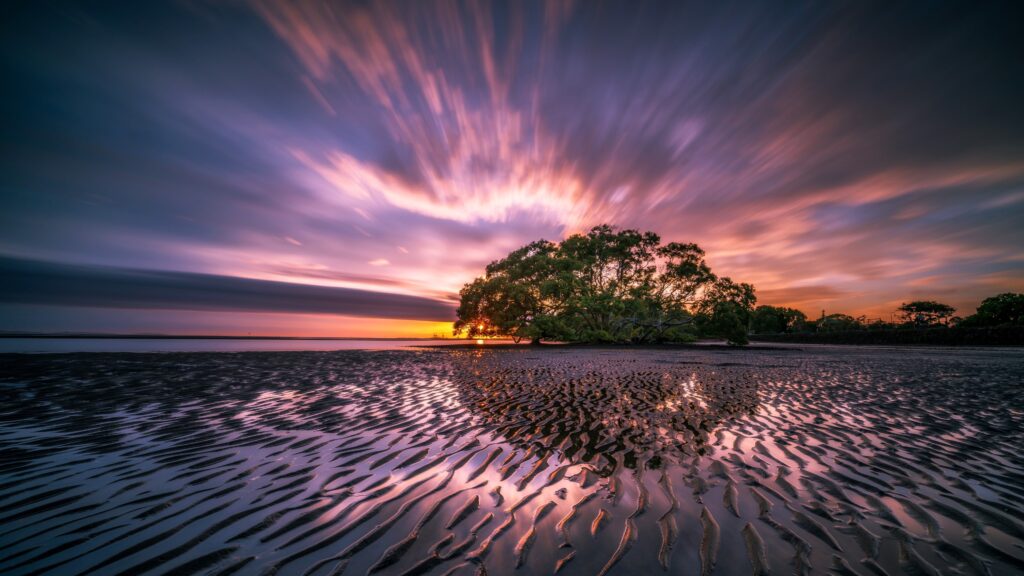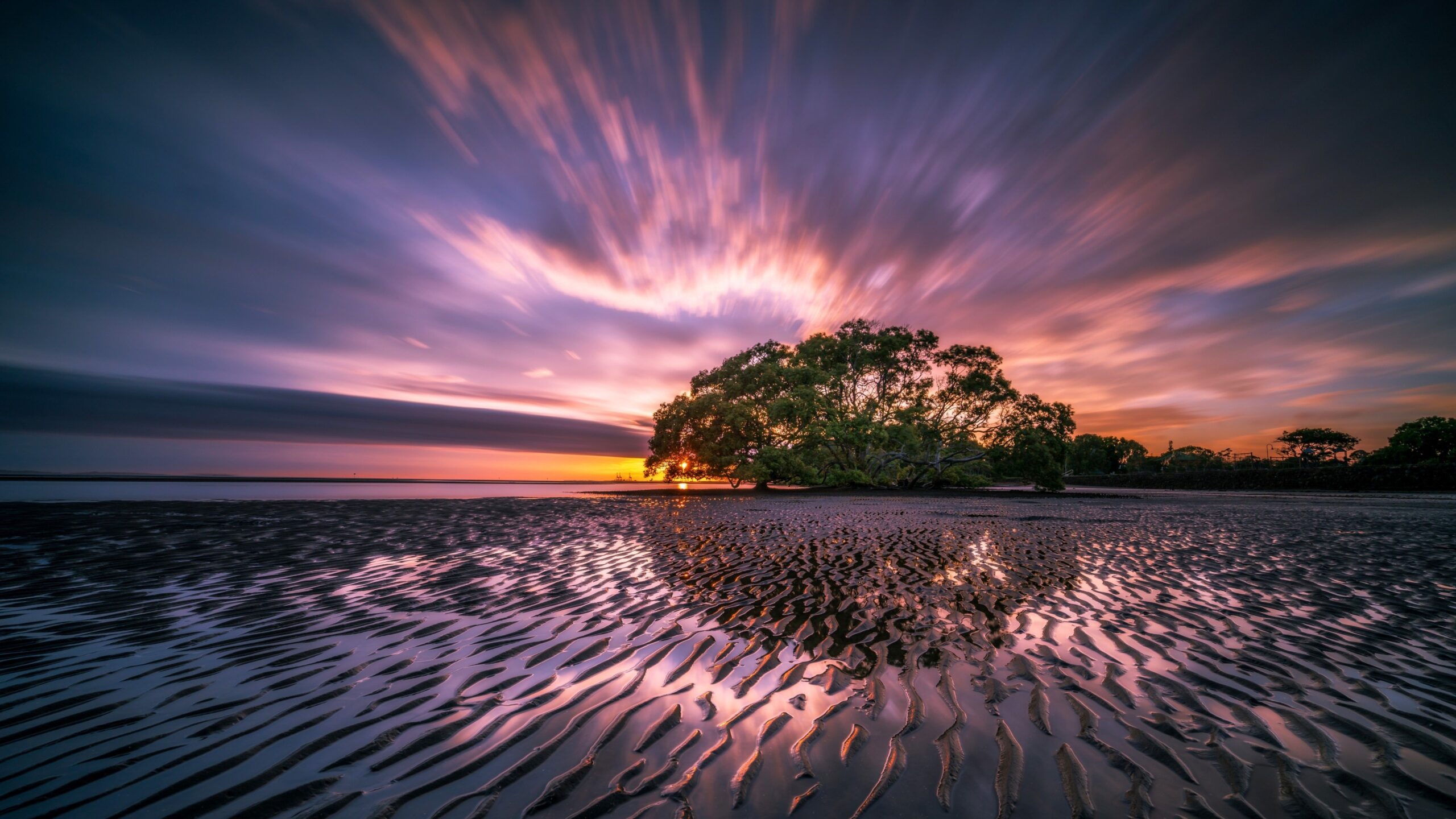
Capturing the Essence: Exploring the Art and Techniques of Long Landscape Photography
The allure of the long landscape photograph lies in its ability to encapsulate vast swathes of the natural world within a single frame. Unlike portraiture or macro photography, which focus on minute details, long landscape photography seeks to convey the grandeur, scale, and often, the serenity of expansive vistas. From rolling hills and dramatic mountain ranges to tranquil coastlines and sprawling deserts, the long landscape offers a unique opportunity to connect with the environment and share its beauty with others. This article delves into the art and techniques required to create compelling long landscape images, covering everything from composition and lighting to equipment and post-processing.
Understanding Composition in Long Landscape Photography
Composition is paramount in long landscape photography. It’s the art of arranging elements within the frame to guide the viewer’s eye and create a visually appealing image. Several compositional techniques are particularly effective for long landscape scenes:
- Rule of Thirds: Divide the frame into nine equal parts with two horizontal and two vertical lines. Placing key elements along these lines or at their intersections can create a more balanced and engaging composition.
- Leading Lines: Use natural or artificial lines – such as roads, rivers, or fences – to draw the viewer’s eye into the scene and towards the main subject.
- Framing: Utilize natural elements like trees, arches, or rock formations to frame the subject and add depth to the image.
- Foreground Interest: Including interesting elements in the foreground, such as rocks, flowers, or textures, can create a sense of depth and scale.
- Negative Space: Deliberately leaving empty or uncluttered areas in the frame can create a sense of calm and emphasize the main subject.
When composing a long landscape, consider the overall balance of the image. Ensure that the key elements are arranged in a way that is visually pleasing and that the viewer’s eye is drawn to the most important areas of the scene. Experiment with different perspectives and angles to find the most compelling composition.
The Importance of Light in Landscape Photography
Light is arguably the most crucial element in any photograph, and it’s especially important in long landscape photography. The quality and direction of light can dramatically affect the mood and impact of an image. Here are some key considerations:
- Golden Hour: The hour after sunrise and the hour before sunset, known as the golden hour, provides warm, soft light that is ideal for landscape photography. The low angle of the sun creates long shadows and highlights textures, adding depth and dimension to the scene.
- Blue Hour: The period of twilight just before sunrise and after sunset, known as the blue hour, offers a soft, cool light that can create a serene and ethereal atmosphere.
- Overcast Days: While sunny days can be appealing, overcast days can also be excellent for long landscape photography. The diffused light on overcast days reduces harsh shadows and highlights, revealing subtle details and colors.
- Backlighting: Shooting with the sun behind your subject can create silhouettes and dramatic rim lighting. This technique can be particularly effective for capturing the shapes and forms of trees, mountains, or other landscape features.
Pay attention to the direction and quality of light when planning your long landscape shoots. Consider the time of day, the weather conditions, and the position of the sun to maximize the impact of your images. [See also: Best Time of Day for Landscape Photography]
Essential Equipment for Long Landscape Photography
While a skilled photographer can create stunning images with even basic equipment, having the right tools can certainly enhance your long landscape photography. Here are some essential items to consider:
- Camera: A DSLR or mirrorless camera with interchangeable lenses is ideal for long landscape photography. These cameras offer greater control over settings and allow you to use a variety of lenses to capture different perspectives.
- Lenses: Wide-angle lenses (e.g., 16-35mm) are commonly used for long landscape photography, as they allow you to capture a wide field of view. Telephoto lenses (e.g., 70-200mm) can also be useful for isolating distant subjects or compressing perspective.
- Tripod: A sturdy tripod is essential for keeping your camera steady, especially when shooting in low light or using long exposures.
- Filters: Polarizing filters can reduce glare and reflections, enhance colors, and deepen the blue of the sky. Neutral density (ND) filters can reduce the amount of light entering the camera, allowing you to use longer exposures to create motion blur or shallow depth of field.
- Remote Shutter Release: A remote shutter release can help to minimize camera shake when using long exposures.
Investing in quality equipment can significantly improve your long landscape photography. However, it’s important to remember that the most important tool is your eye and your ability to see the beauty in the world around you. [See also: Choosing the Right Camera for Landscape Photography]
Techniques for Capturing Stunning Long Landscapes
Beyond composition and equipment, several techniques can help you capture truly stunning long landscape photographs:
- Panoramic Photography: Panoramic photography involves stitching together multiple images to create an ultra-wide-angle view. This technique is ideal for capturing sweeping vistas that are too wide to fit within a single frame.
- Long Exposure Photography: Long exposure photography involves using a slow shutter speed to blur motion, such as clouds or water. This technique can create a sense of movement and tranquility in your images.
- HDR (High Dynamic Range) Photography: HDR photography involves combining multiple images with different exposures to capture a wider range of tones than a single image can. This technique is useful for capturing scenes with high contrast, such as landscapes with both bright skies and dark shadows.
- Focus Stacking: Focus stacking involves combining multiple images with different focus points to create an image with a greater depth of field. This technique is useful for capturing landscapes where you want everything from the foreground to the background to be in sharp focus.
Experimenting with different techniques can help you to expand your creative horizons and capture long landscape photographs that are truly unique and compelling. [See also: Advanced Landscape Photography Techniques]
Post-Processing for Long Landscape Photography
Post-processing is an essential part of the long landscape photography workflow. While it’s important to capture the best possible image in camera, post-processing can help you to enhance colors, adjust tones, and remove distractions. Some common post-processing techniques include:
- Color Correction: Adjusting the white balance, saturation, and vibrance to create a more natural or stylized look.
- Tone Adjustment: Adjusting the brightness, contrast, highlights, and shadows to create a more balanced and dynamic image.
- Sharpening: Sharpening the image to enhance details and textures.
- Noise Reduction: Reducing noise or grain in the image, especially in low-light situations.
- Cloning and Healing: Removing distractions, such as power lines or blemishes, from the image.
There are many software programs available for post-processing long landscape photographs, including Adobe Lightroom, Adobe Photoshop, and Capture One. Experiment with different software and techniques to find what works best for you. Remember that the goal of post-processing is to enhance the image, not to create something that is unrealistic or artificial.
Finding Inspiration for Long Landscape Photography
Inspiration for long landscape photography can be found everywhere, from the local park to the remote wilderness. Here are some tips for finding inspiration:
- Explore Your Surroundings: Take the time to explore your local area and discover hidden gems.
- Visit National Parks and Preserves: National parks and preserves offer some of the most stunning landscapes in the world.
- Follow Other Photographers: Follow other landscape photographers on social media and online galleries to see their work and get inspired.
- Read Books and Articles: Read books and articles about landscape photography to learn new techniques and gain insights into the art form.
- Experiment and Be Creative: Don’t be afraid to experiment with different techniques and approaches to find your own unique style.
The key to successful long landscape photography is to be patient, observant, and persistent. Take the time to connect with the environment, experiment with different techniques, and learn from your mistakes. With practice and dedication, you can capture stunning images that will inspire and captivate viewers for years to come.
The Enduring Appeal of the Long Landscape
The long landscape continues to hold a powerful appeal for photographers and viewers alike. Its ability to capture the vastness and beauty of the natural world, combined with the artistic skill required to create compelling images, ensures its enduring relevance in the world of photography. Whether you are a seasoned professional or an aspiring amateur, exploring the art and techniques of long landscape photography offers a rewarding and enriching experience. So grab your camera, head out into the world, and start capturing the essence of the long landscape.

